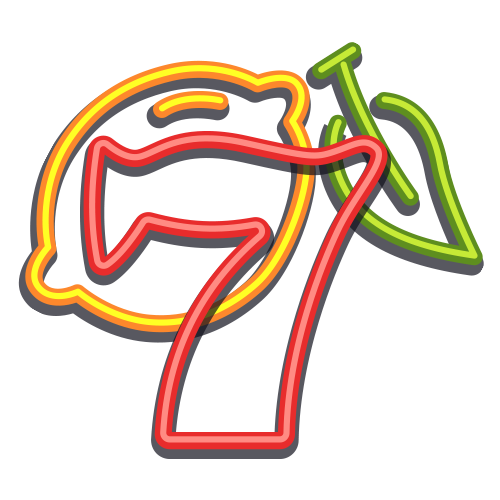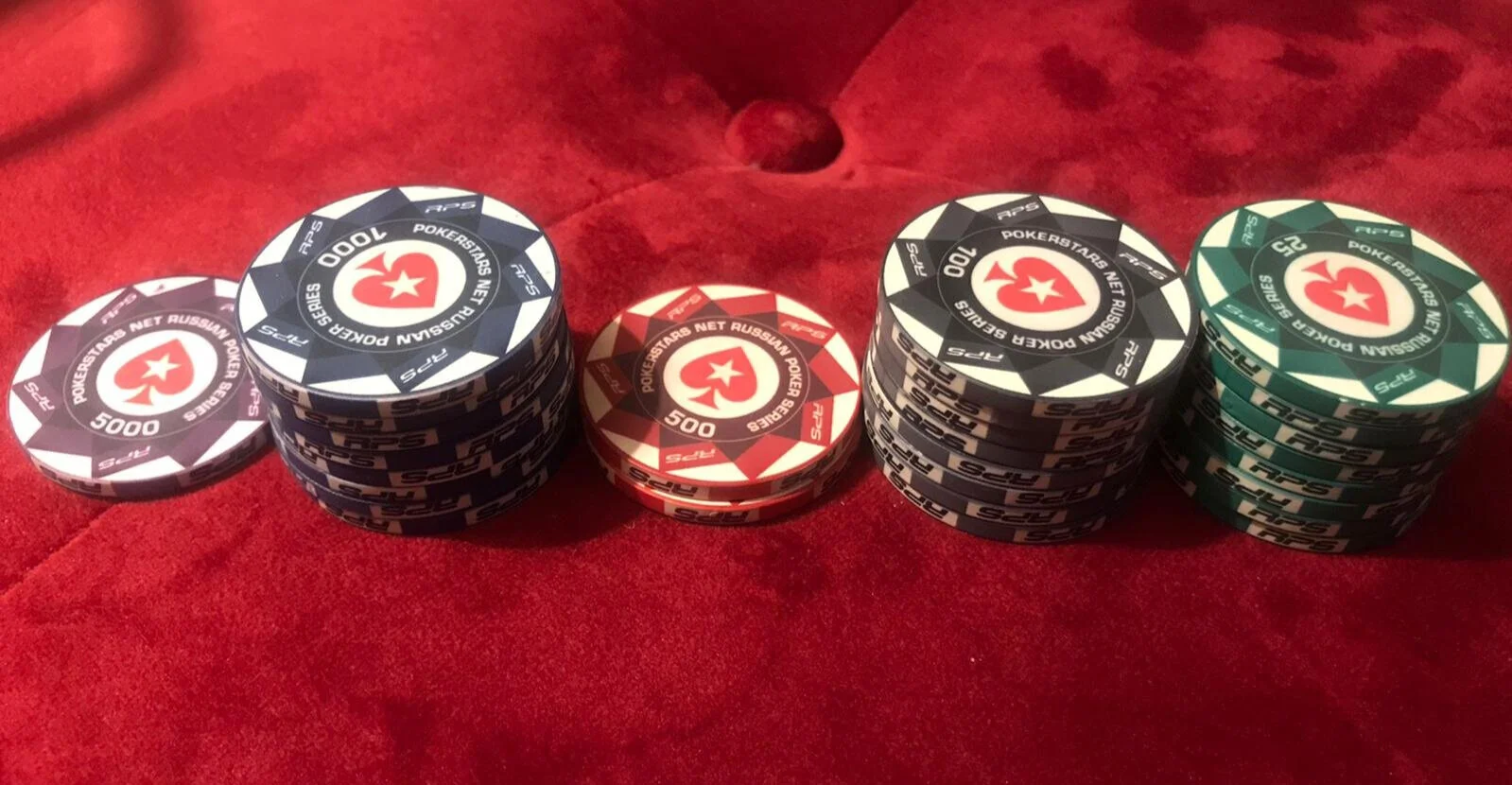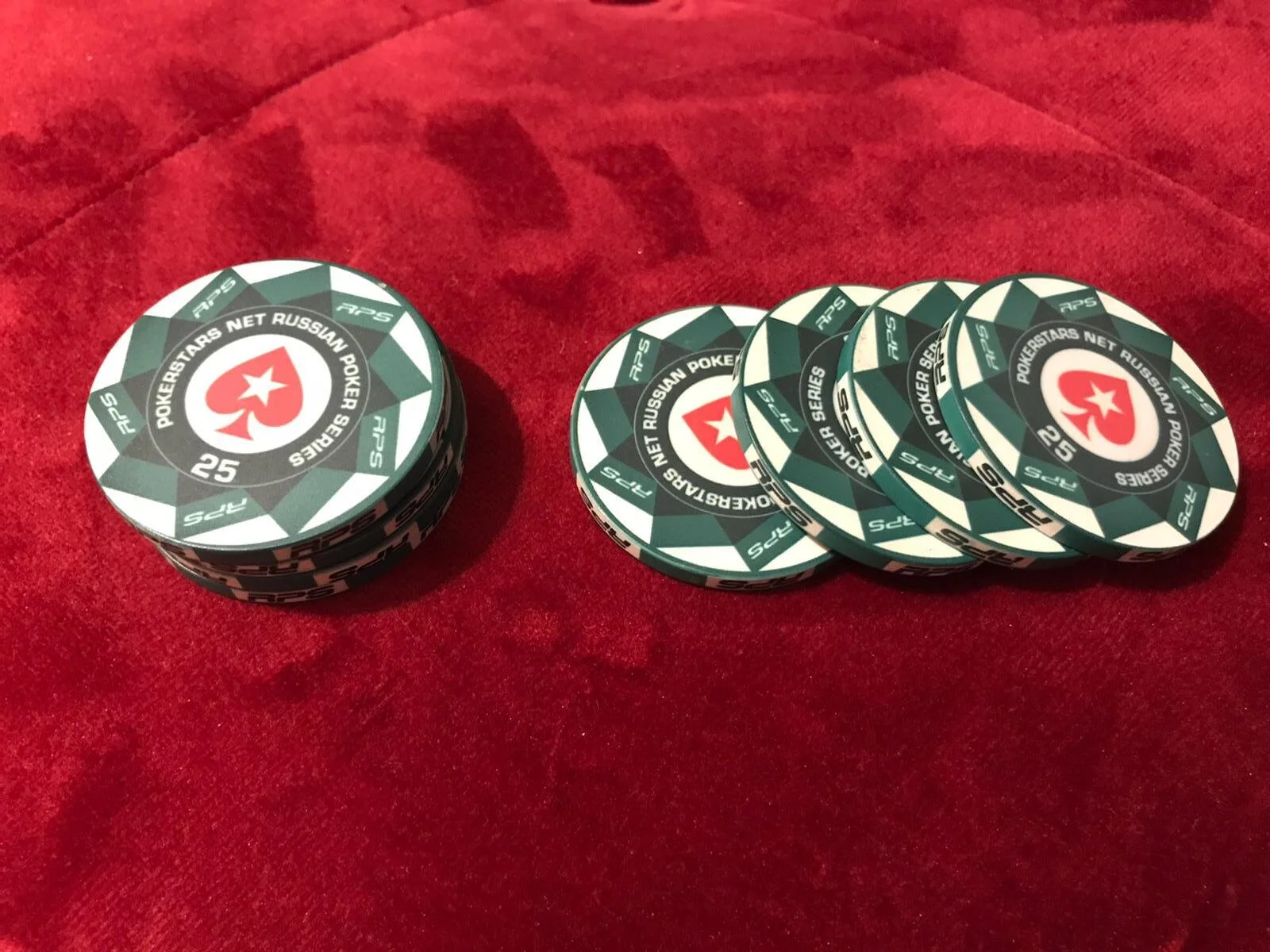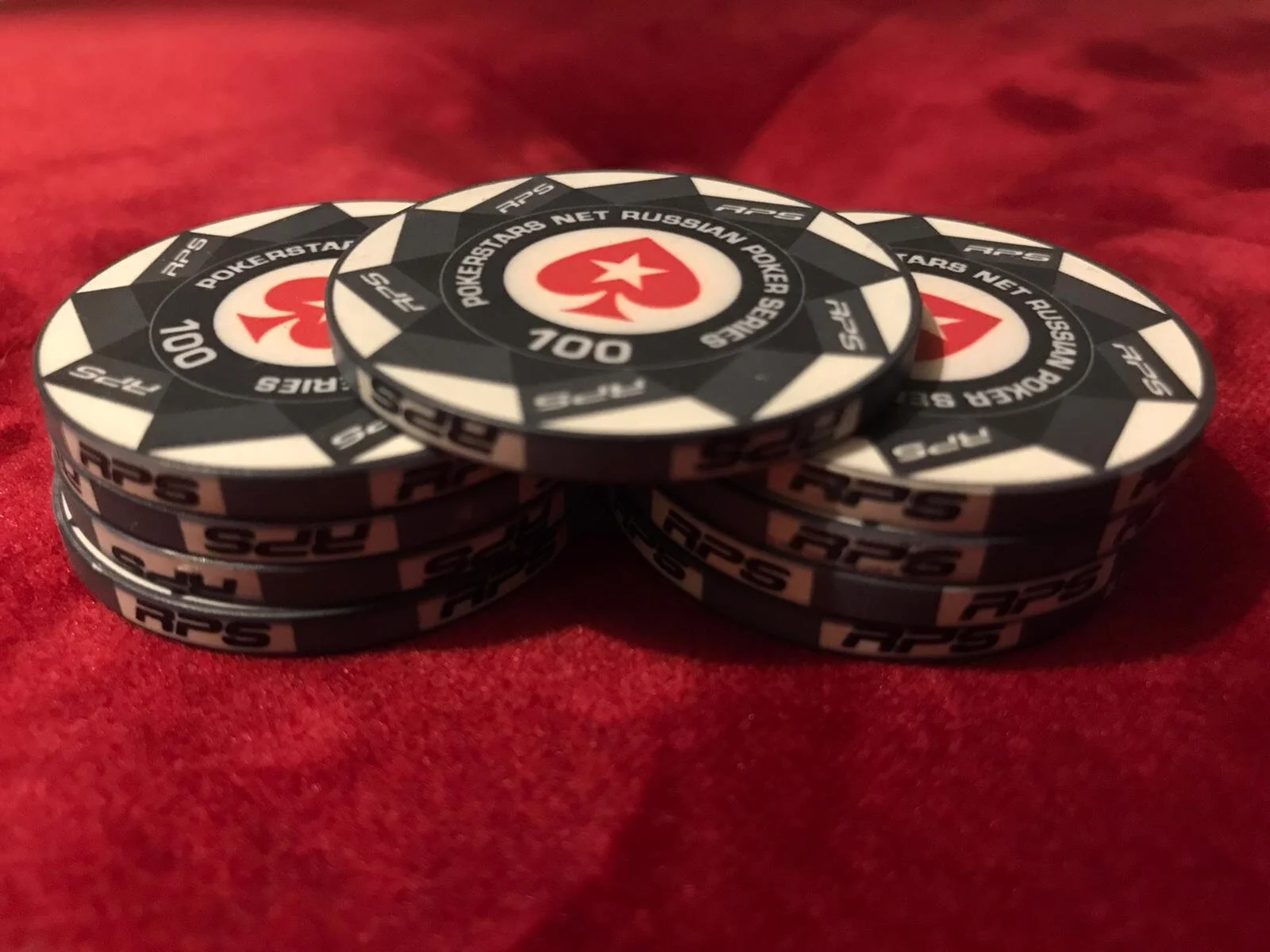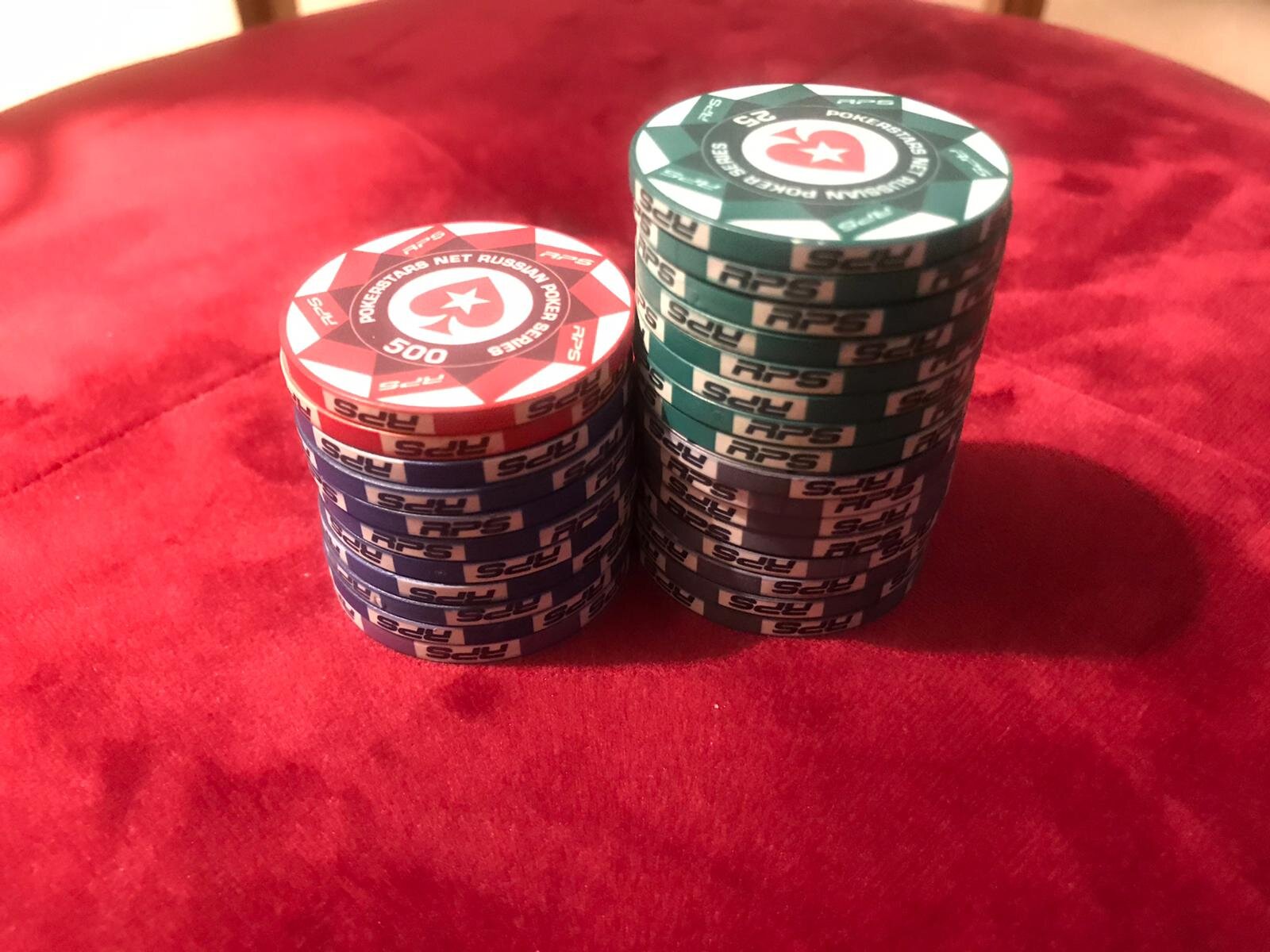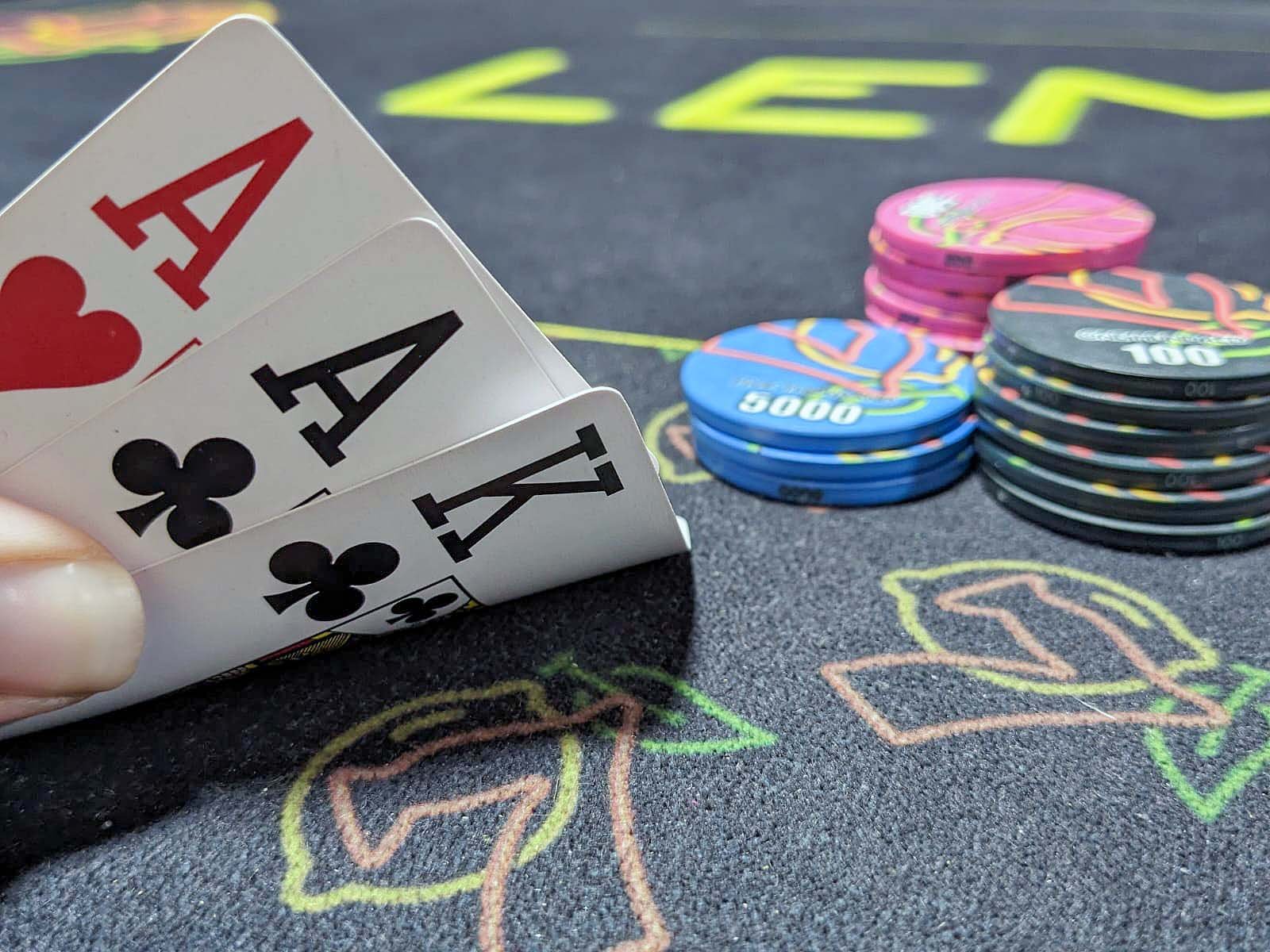Poker Chip Distribution Guide & Calculator
Note: If you’re just here for the calculator - check it out here. Just plug in the details of your tournament, players, and chip set, and you won’t even have to work out the right chip breakdown for each player in your game. If you want to learn some more about poker chip breakdowns, and how to do it properly, read on.
If you are struggling with the chip calculator watch the video below for some tips.
If you are in Europe and looking for a good set of chips at great prices check out Premier Poker Chips and use code LemonSeven for 10% off orders over £50.
It can be hard to know how many poker chips you should give to each player at your home game. We understand that when you’re looking at your case of 500+ chips, with 8 players waiting on you to get the table set up, it's tempting just to divide them all equally amongst the players.
However, that’s a terrible way to do things, for a number of different reasons.
The first, and main reason, for having a predetermined starting stack is that it allows you to control how long the game will last. The more chips you have in your home poker game, the longer it will take for the players to get rid of them and bust out of the tournament.
Secondly, by keeping some of the chips in your set aside as spares, you will have enough chips left for rebuys and add ons. (And, should you be lucky enough to get an extra player at the last minute, you’ll be able to accommodate them.)
Having a sensible starting stack breakdown (like the examples below) will make the game run smoothly by eliminating the need to make change during each hand and by keeping the number of chips on the table to a manageable amount via a ‘colour up’ during the later stages of the tournament.
Why is poker chip breakdown important?
If you don’t know how to split your chips effectively in poker, then your home poker game might end up going on for much longer than you expected. Similarly, if you don’t introduce enough low-value chips to your game, people will spend too long making change at your table, and your pots will become confusing for the dealer, and you’ll leave way too much room for error.
Incorrectly splitting your chips will also lead to difficulties when it comes to the colour-up part of your tournament, (which will only get worse if you incorrectly colour-up too.) So it’s best to get it right from the start.
Poker chip values
Before you can properly build your players’ chip stacks with the right breakdown of poker chips, it's important to establish what chip values you want to use.
In any poker set the ‘base’ chip is the smallest chip denomination you will use. A typical base chip is a 25 point chip with a breakdown that has 25, 100, 500, 1,000 and 5,000 point chips in it.
In recent years it has become much more popular to use a 100 point base set including 100, 500, 1,000, and 5,000 point chips - and if you need it, a 25,000 point chip too.
Many off-the-shelf poker sets also contain chip values of 10, 20, 50 and 10,000. You should usually just avoid using these values, as they only serve to make the game more confusing when making change. There is a reason you will not find 10, 20, 50 or 10,000 denomination chips in most casinos.
Poker Chip Values by Colour
If you have a set of different coloured poker chips that don’t have numbers printed on them (or would rather buy blank chips for flexibility) then you can use the charts below as a guide for what colour poker chips to use for each value.
If you decide to use coloured poker chips without numbers on them for your poker game, you should print a chart showing the values of each coloured poker chip (like the one below) and keep it in view during your poker game at all times to avoid any arguments.
The below charts are guides for you to use to decide the poker chip values at your home poker games. The poker chip colours have been assigned their value in these charts based on the same values given to poker chips colours in casino tournaments and cash games in the EU and the US. (Typically, home games anywhere in the world will follow the US value structure.)
Poker Chip Value Charts
| Cash | UK | California | US Majority |
|---|---|---|---|
| 0.25 | Varies | Red | Pink |
| 1 | Yellow | Blue | White |
| 5 | Red | Yellow | Red |
| 25 | Black | Purple | Green |
| 100 | Pink | White | Black |
| 1000 | Green | Orange | Purple |
| 5000 | Grey | Purple | Orange |
| Tournament | UK | US |
|---|---|---|
| 25 | Green | Green |
| 100 | Black | Black |
| 500 | Red | Purple |
| 1000 | Blue | Yellow |
| 5000 | Purple | Red |
A few important things to note:
It is a good idea to have your largest value chips be a bright colour which will stand out. Doing this will avoid confusion around whether a chip has been bet and helps players to count each other's stacks from across the table.
Try not to have two neighbouring chip values be too close in colour. For example having a pink 5 point chip and a red 25 point chip could be confusing and cause problems.
Don't have two chips that share a colour on the table. In the case of California (where a 25 point chip and a 5000 point chip are both purple) it is highly unlikely that a 25 and 5000 chip would be on the felt at the same time -- but if they were one of the chip values would need to be changed to a different colour.
How to work out poker chip breakdown
Working out poker chip breakdowns differs depending on:
How many players you have
How many chips you have
What denominations of chips you have
If you haven’t already bought chips, use our online chip calculator to work out how many chips you’ll need for the number of players you have in mind.
(Note: If you’re looking for somewhere to buy poker chips, check out premierpokerchips.com and get 10% off orders over £50 with code LemonSeven at checkout. We’re not paid for this promotion - we just really like their chips.)
How many poker chips do you get per person?
Firstly, decide what your starting stack will be. Normally for a 25 point base I’d go with 10k-15k per player, to ensure a starting stack of at least a 200bb.
A 10-15k starting stack will look something like this:
25 point chips
You will need at least 4 x 25 point chips per player but if possible stretch to 8 per player. This way you will minimise change-making which slows the game down and can become confusing for some players.
It can be tempting to bump the number of 25 point chips up to 12 or more - don’t. The 25 point chips will tend to congregate in 1 or 2 players’ stacks, who will either start complaining about not being able to see over the top of them or will place their entire bet entirely in 25 point chips just to “get rid of ‘em”.
It’s also important to remember you will be taking these off the table again soon when you do the ‘colour up’.
100 point chips
I like to have all the 100 point chips and 25 point chips in a stack add to 1,000. So in this case it's either 8 x 100 point chips (and 8 x 25 point chips) or 9 x 100 point chips (and 4 x 25 point chips).
500 point chips
You don't need many 500 point chips at all. We’d normally use 2 or 4 500 point chips per player.
As the jump in value from 500 to 1,000 is so small they only serve as an ante chip later on - or as a change making chip.
1,000 point chips
This will be your most abundant chip. Whatever amount your 25s, 100s, and 500s come up to, round the stacks off to 10k with 1,000 point chips.
5,000 point chips
If you are using a 15k starting stack add 5,000 point chip to each stack and use any left over as rebuy/add-on chips. If you would like to go with a stack larger than 15k just add 5,000 point chips as needed.
So for a 15k starting stack with a 25 point base you should end up with something like the following chip breakdown per stack.
8 x 25 point chips
8 x 100 point chips
2 x 500 point chips
8 x 1000 point chips
1 x 5000 point chips
This gives each player a total 27 poker chips in their starting stack. If you want to keep that number down, drop the number of 25 point chips to 4 and increase the number of 100 point chips to 9. You will then have a 24 chip starting stack instead.
Stack comparison: 4 x 25 point chips vs 8 x 25 point chips
How many poker chips do I need for eight players?
If your home poker game has 8 players, you will need to have 8 times the number of chips in the breakdown above, plus a small buffer of extra chips for potentially bigger games. You will also want to make sure that you have enough chips left over to let everyone rebuy into the tournament (if you’re offering rebuys) and at least one add-on (again, if you’re offering add-ons).
To be able to accommodate 8 starting stacks, plus rebuys and add-ons, I'd go with a full set breakdown like this:
100 x 25 point chips
150 x 100 point chips
50 x 500 point chips
120 x 1000 point chip
80 x 5000 point chips
This means you will have a total of 500 chips in a variety of denominations and will be able to support 2 full tables of players, including rebuys for each player.
In my opinion, this breakdown is the optimal configuration for a 500 chip set with a 25 chip base.
Hopefully, you’ll now be able to work out the optimal number of chips and breakdowns for your poker game. Don’t forget to use the Lemons & Sevens poker chip breakdown calculator if you get stuck and if you are in the market for a great set of chips check out Premier Poker Chips for 10% off orders over £50 with code LemonSeven.
